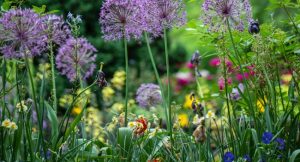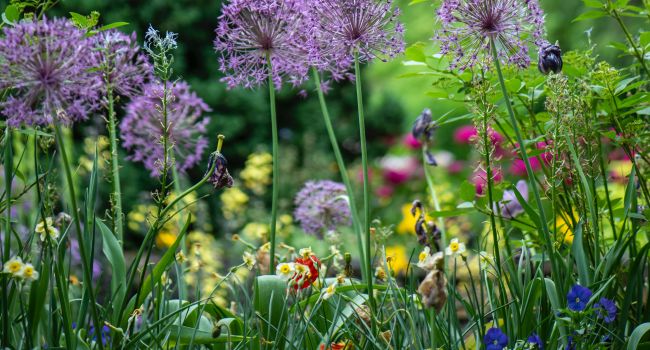
And HASHEM G-d planted a garden in Eden from the east, and He placed there the man whom He had formed. And HASHEM G-d caused to sprout from the ground every tree pleasant to see and good to eat, and the Tree of Life in the midst of the garden, and the Tree of Knowledge of good and evil… And HASHAEM G-d commanded man, saying, “Of every tree of the garden you may freely eat. But of the Tree of Knowledge of good and evil you shall not eat of it, for on the day that you eat thereof, you shall surely die.” (Breishis 2:8-9/16-17)
What are we to make of these two trees? What do they mean to us? That is the question? How are we to relate to the test of Adam the first man and his situation in the Garden of Eden? That was then and now is now! No! If the Torah is telling us about these trees then they apply equally to our life and our immediate situation.
At the risk of oversimplifying this is what we can get from these two trees. The Tree of Life is Torah, objective knowledge. The Tree of the Knowledge of Good and Evil is subjective. Ah you might say that both provide knowledge so what’s the difference between them. One adds life while the other diminishes life. How so?
Someone asked me recently what happened to the strong admonishment that “on the day that you will eat from it you will surely die”? Adam did not die that day. He lived for another 930 years. My answer was that death was not man’s destiny until the terrible sin of eating from the Tree of the Knowledge of Good and Evil. It’s like lighting a candle that now begins to melt. It does not disappear like flash paper and evaporate immediately. Rather it melts slowly. The timer of life has started and the inevitable is death-finiteness.
The Tree of Life is like a school that teaches wisdom in advance of entering a zone of test. It is the test preparation for every situation in life. It requires toiling in study and an abiding trust that the guidance is most reliable. It promises and delivers increasing clarity. That is the advance price to pay for the entering the school, the Yeshiva of Torah Knowledge. It is what the Talmud calls “the long way which is the short way”.
The Tree of Knowledge of Good and Evil is the opposite. The tuition is free at first. It is the school of hard knocks. It is learning by experience. Sure there are many lessons to learn from our mistakes but they can be costly in terms of times, and life, and health, and relationships.
A person could have saved himself years of hardship and pain and sorrow by simply following the instructions. This is “the short cut which is the long way.” “I’ll figure it all out on my own”. The price is free at first and very costly in the end.
It’s worse than that too because the quality of the knowledge is not increasing clarity but rather greater confusion. It produces a mixed mental baggage of indistinguishably intertwined good and bad. Its waters are muddy and murky rather than lucid and clear. About this the Mishne states, “The older a Talmud scholar gets the more clear his mind becomes while the older an unlearned person becomes the more his mind is torn from him.”
Death may seem like a terrible punishment but the option of living forever in such a confused and sordid state is even worse. It’s actually quite merciful, if you think about it, and even if you don’t think about. It seems those trees are alive and well in the garden where we live.


